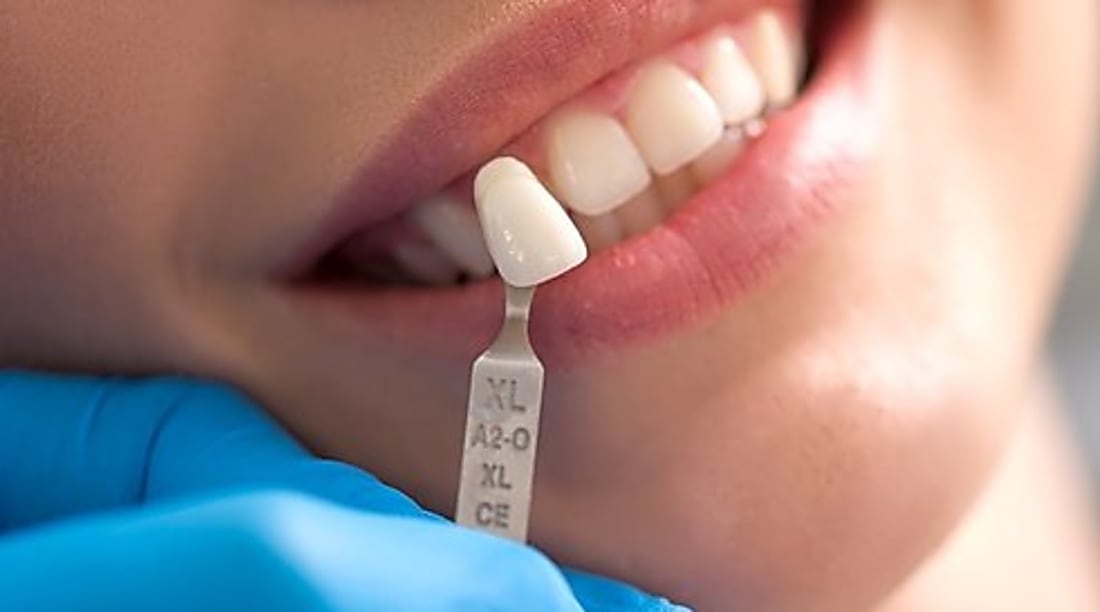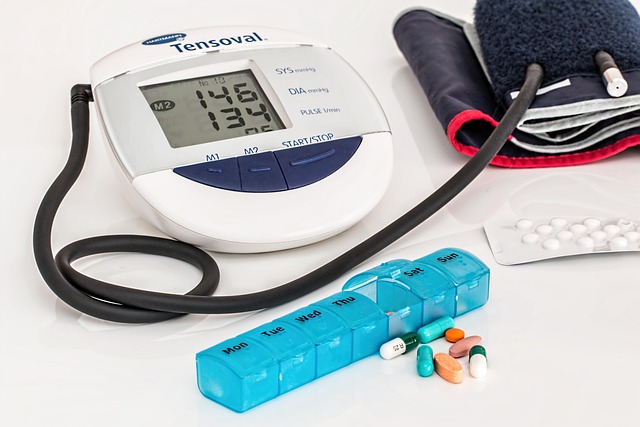Screwless Dental Implants: Emerging Options and Considerations
If you've been considering dental implants but are concerned about cost, recovery time, or the procedure itself, screwless dental implant systems are an emerging option that may provide benefits for some patients. These designs can simplify restorative workflows, potentially reduce chair time, and offer alternative prosthetic connections. Affordability and clinical suitability vary by provider, region, case complexity, and insurance coverage; clinical outcomes and long-term maintenance also differ between systems. Consult a qualified dental professional to discuss risks, benefits, alternatives, and personalized cost estimates before deciding.

The field of dental implantology has witnessed significant advancements over recent decades, with researchers and manufacturers continually seeking ways to improve patient outcomes and simplify procedures. Screwless dental implants represent one such innovation, offering an alternative approach to the traditional screw-retained implant systems that have dominated the field. Understanding these emerging options requires examining their design, functionality, and potential applications in restorative dentistry.
What Are Screwless Dental Implants?
Screwless dental implants refer to implant systems that use alternative retention mechanisms instead of the traditional screw that connects the crown or prosthesis to the implant fixture. In conventional implant systems, a small screw typically secures the abutment and crown to the implant body embedded in the jawbone. Screwless designs employ different attachment methods, such as friction-fit connections, locking tapers, or cement-retained systems that eliminate the need for an access hole through the crown. These systems aim to simplify the restorative process while potentially reducing mechanical complications associated with screw loosening or fracture. The design variations can differ significantly between manufacturers, with some using internal locking mechanisms and others relying on precise geometric matching between components.
Why Are Screwless Implants Becoming a Popular Choice?
Several factors contribute to the growing interest in screwless implant systems among dental professionals and patients. Traditional screw-retained implants, while highly successful, can experience complications such as screw loosening, which occurs in a percentage of cases and may require maintenance visits. Screwless systems aim to eliminate this particular concern by removing the screw component entirely. Additionally, these designs can offer aesthetic advantages by eliminating the access hole typically required in screw-retained crowns, potentially allowing for more natural-looking restorations without the need to fill the screw access channel. Some clinicians appreciate the simplified restoration process, as certain screwless systems may reduce chair time and technical steps. The streamlined workflow can be particularly beneficial in cases where access is challenging or where maintaining optimal aesthetics is a priority.
How Do Screwless Implants Work?
The mechanics of screwless implants vary depending on the specific system design. Friction-fit or press-fit systems rely on precise manufacturing tolerances that create a tight connection between the implant body and the abutment or crown. The components are designed to interlock through geometric precision, with the abutment being pressed or tapped into place within the implant fixture. Locking taper designs use angled internal connections where the abutment is seated into the implant and secured through the wedging action of the tapered interface. Some systems incorporate additional retention features such as internal grooves, ridges, or other mechanical elements that enhance stability without requiring a screw. Cement-retained options, while technically using a screw to attach the abutment to the implant, eliminate the screw connection between the crown and abutment, with the crown instead being cemented onto the abutment. Each approach has specific protocols for placement, seating force requirements, and potential retrievability considerations.
The Key Benefits of Screwless Dental Implants
Screwless implant systems offer several potential advantages that make them attractive options for certain clinical situations. The elimination of the screw access hole allows for improved aesthetics, particularly in the anterior region where appearance is paramount. Without the need to accommodate a screw channel, dental technicians have greater freedom in crown design and material placement. The absence of a screw component removes the risk of screw loosening, a complication that, while manageable, requires additional appointments and adjustments. Some systems may also provide better soft tissue support and emergence profile options due to design flexibility. In cases where retrievability is not a primary concern, screwless designs can offer simplified maintenance and potentially reduced long-term complications related to mechanical components. The streamlined restoration process may also reduce overall treatment time and complexity for both clinician and patient.
Are Screwless Implants Suitable for Many Patients?
While screwless implants present interesting advantages, their suitability depends on individual patient circumstances and clinical considerations. Not all cases are ideal candidates for screwless systems. Retrievability is an important factor to consider, as traditional screw-retained restorations can be more easily removed if complications arise or if maintenance is needed. Screwless systems, particularly those using cement or permanent locking mechanisms, may present challenges if removal becomes necessary. Patient factors such as bone quality, bite forces, and the location of the missing tooth all influence whether a screwless approach is appropriate. Single-tooth replacements in aesthetic zones may be particularly well-suited to these systems, while more complex cases involving multiple implants or full-arch restorations might benefit from the adjustability of traditional screw-retained designs. A thorough evaluation by a qualified dental professional is essential to determine the most appropriate implant system for each individual situation, taking into account both immediate and long-term considerations.
Cost Considerations for Screwless Dental Implants
The cost of screwless dental implants can vary based on several factors including the specific system used, the complexity of the case, geographic location, and the dental professional’s experience. In Australia, single dental implant procedures typically range from AUD 3,000 to AUD 6,500, which generally includes the implant fixture, abutment, and crown. Screwless systems may fall within this range or potentially carry a premium depending on the technology and components involved. Additional procedures such as bone grafting, sinus lifts, or soft tissue management can add AUD 500 to AUD 3,000 or more to the total cost. Many dental practices offer payment plans or financing options to help manage expenses. It is advisable to obtain detailed treatment plans and cost breakdowns from multiple providers before proceeding.
| Procedure Component | Typical Cost Range (AUD) | Notes |
|---|---|---|
| Implant Fixture Placement | 1,500 - 3,000 | Includes surgical procedure |
| Abutment and Crown | 1,500 - 3,500 | Varies by material and complexity |
| Bone Grafting (if needed) | 500 - 2,500 | Depends on extent of grafting |
| Complete Single Implant | 3,000 - 6,500 | Total procedure estimate |
Prices, rates, or cost estimates mentioned in this article are based on the latest available information but may change over time. Independent research is advised before making financial decisions.
Understanding the full scope of screwless dental implant technology requires careful consideration of both benefits and limitations. While these systems offer compelling advantages in specific situations, they represent one option within a broader spectrum of implant solutions. Advances in materials science, digital dentistry, and implant design continue to expand the possibilities for tooth replacement, providing dental professionals with an increasingly diverse toolkit for addressing patient needs. As with any dental procedure, success depends on proper case selection, skilled execution, and ongoing maintenance. Patients considering dental implants should engage in thorough discussions with their dental care providers, exploring all available options to identify the approach that best aligns with their clinical needs, aesthetic goals, and long-term oral health objectives.




